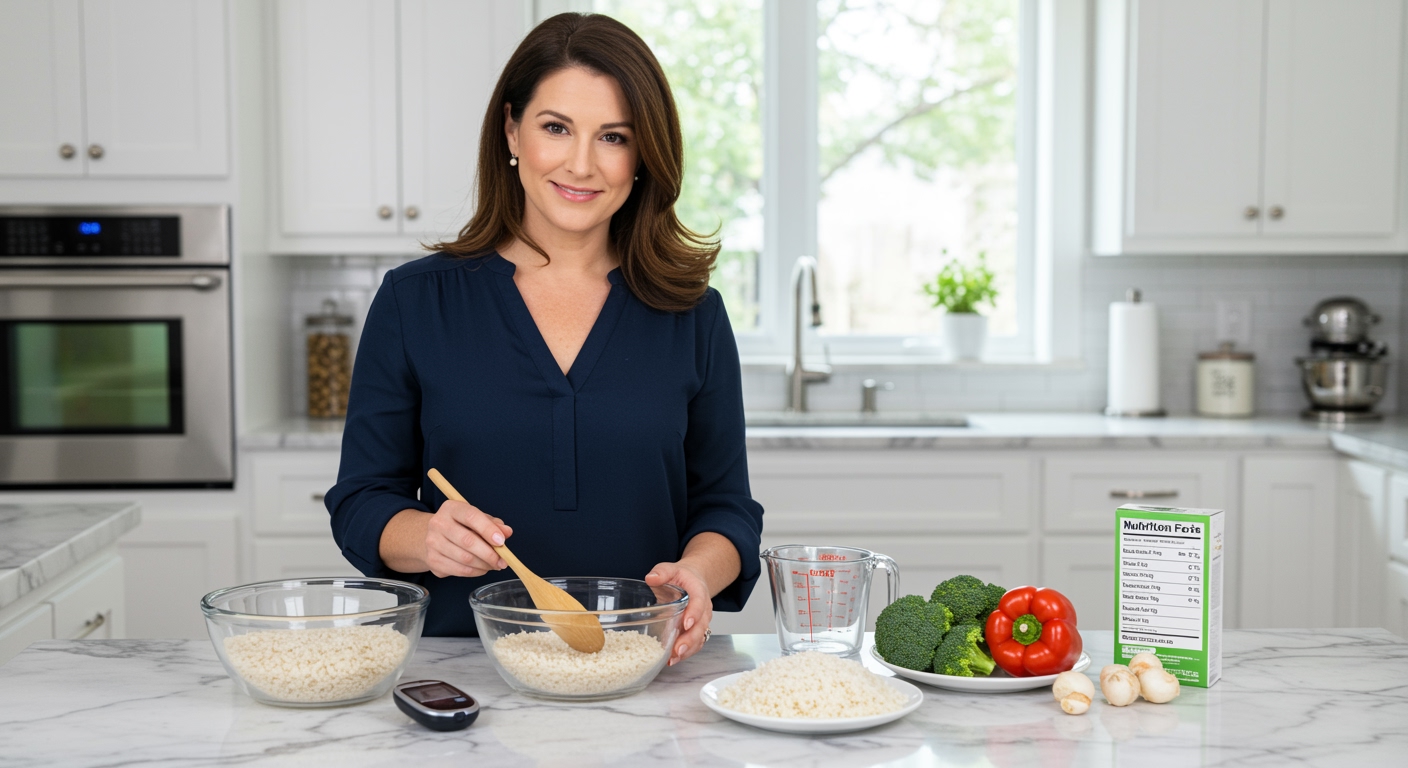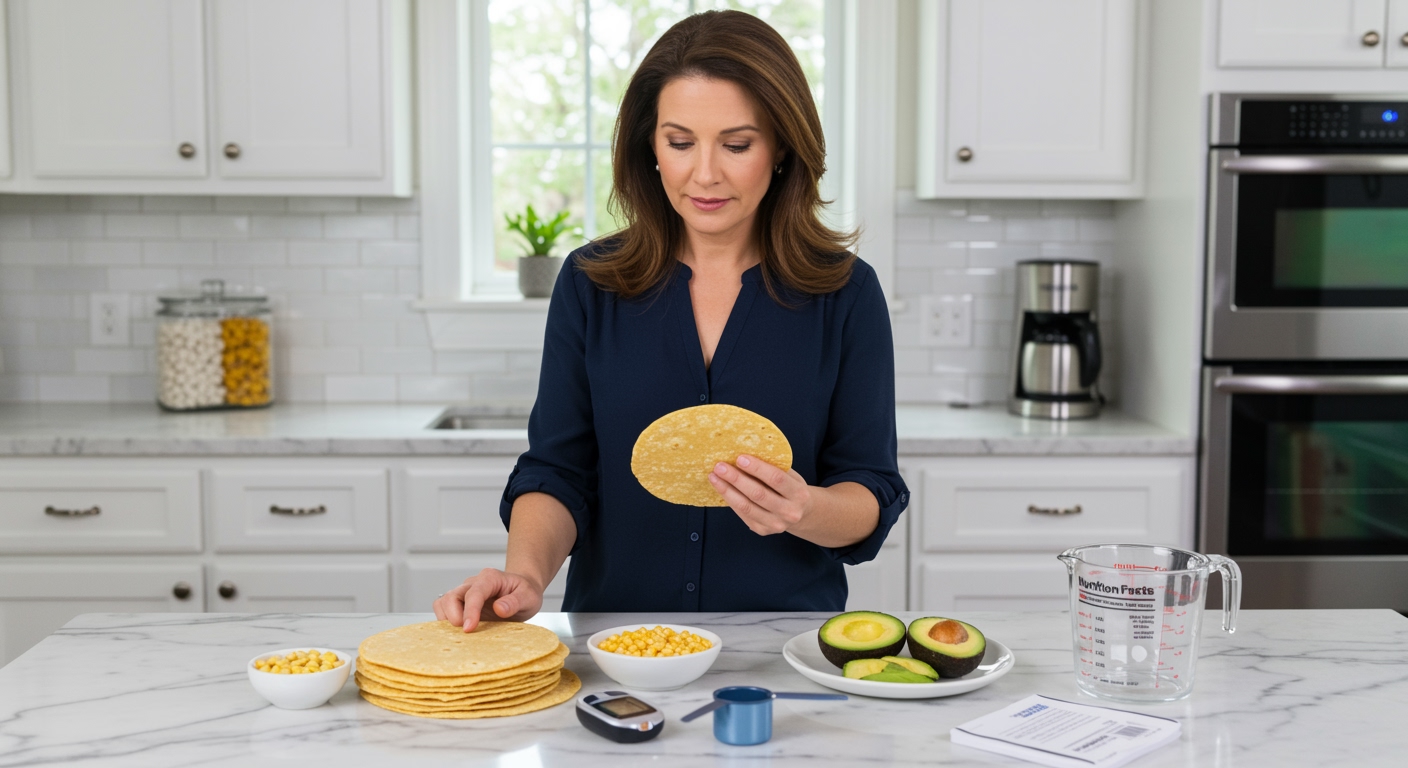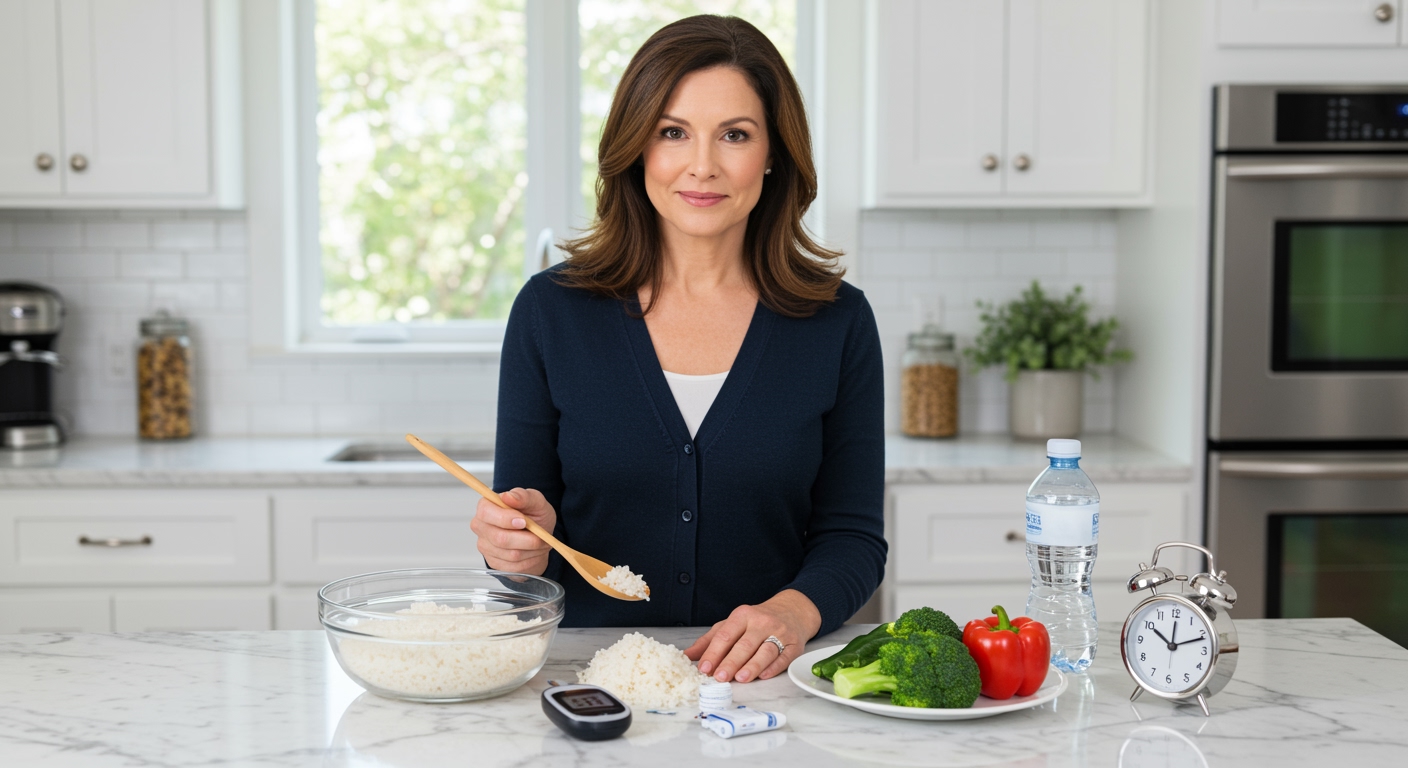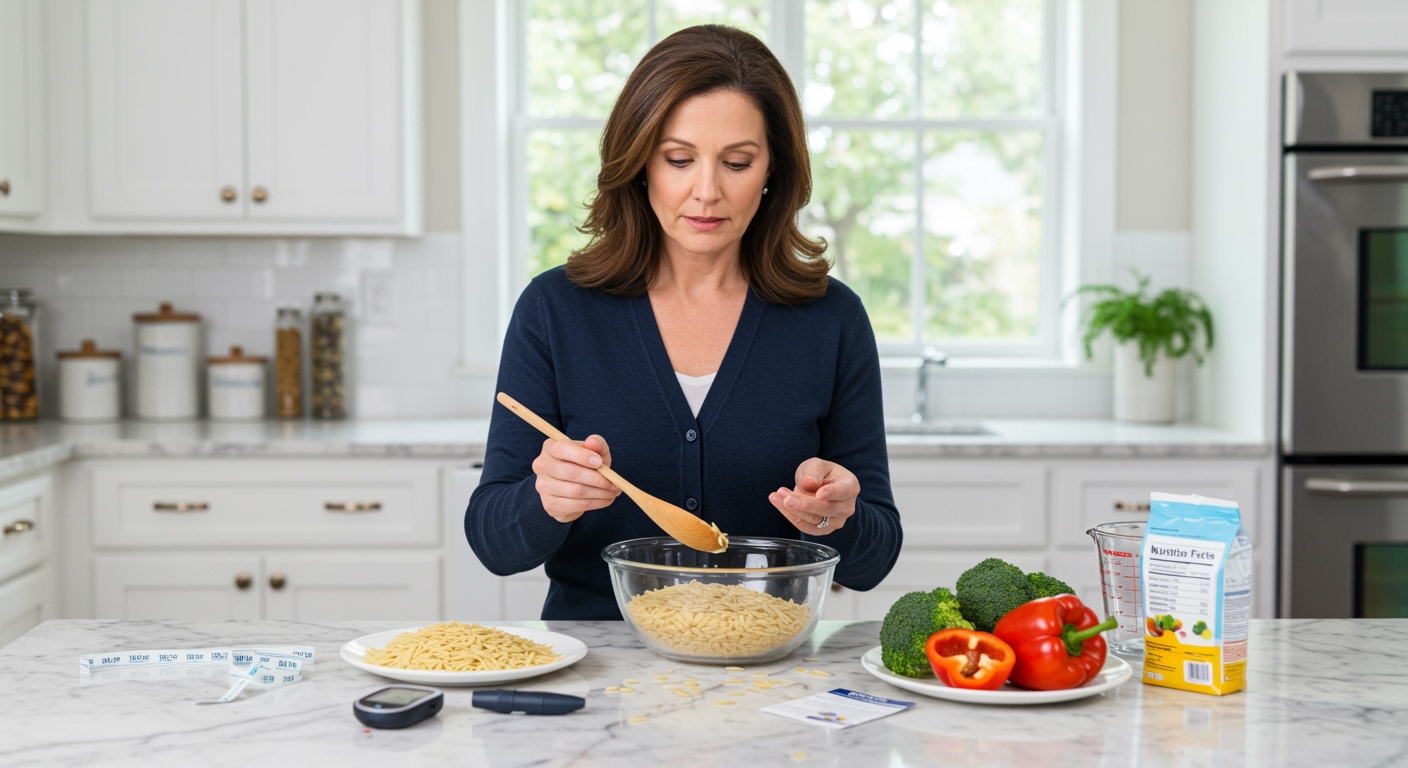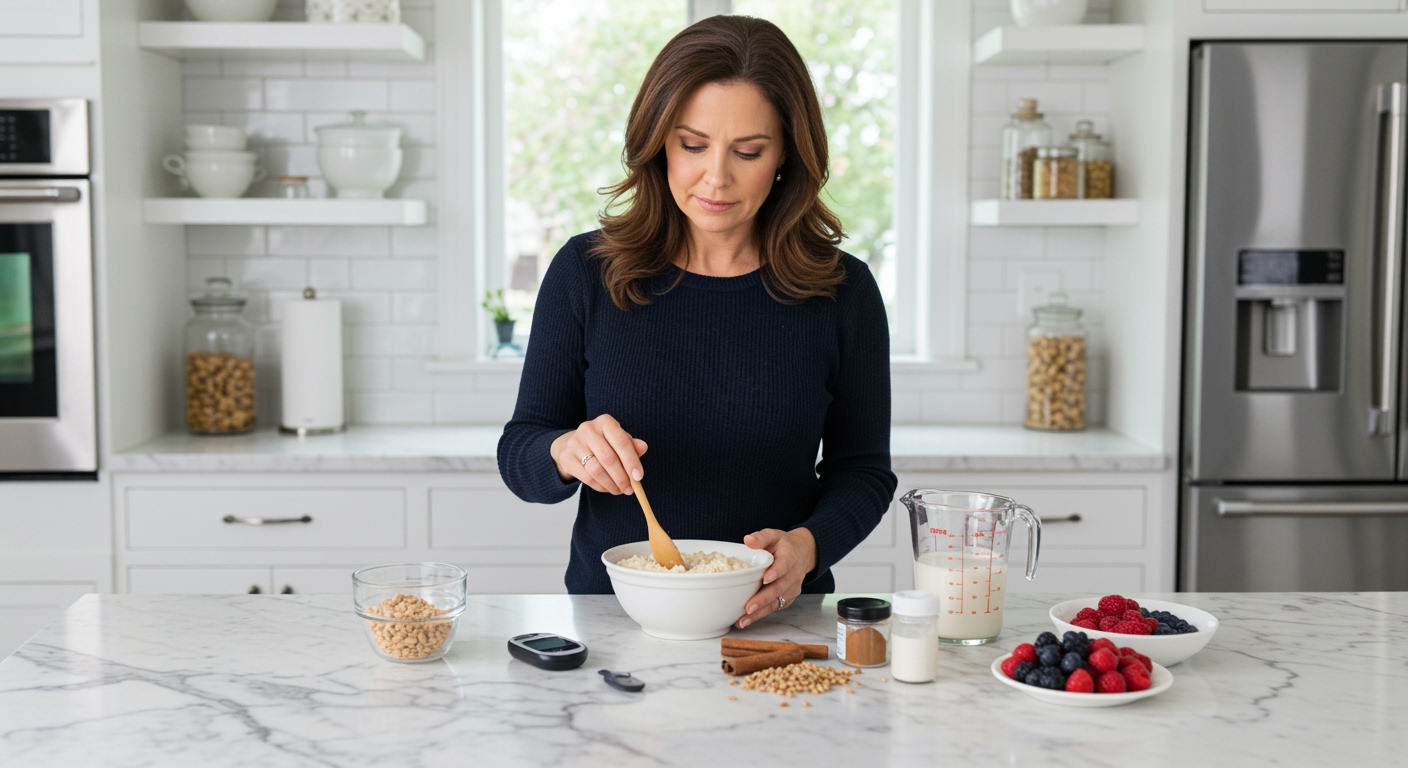✪ Key Takeaway: Basmati rice is better for diabetes than regular white rice due to its lower glycemic index and higher fiber content.
Introduction
Your doctor told you to avoid rice, but you miss those comforting grain bowls that once brought joy to your meals.
You might be wondering if basmati rice could be the exception to the no-rice rule that seems to dominate every diabetes diet plan you encounter.
Hi, I am Abdur, your nutrition coach and today I am going to explain why basmati rice might actually be a smart choice for managing your blood sugar levels.
What Makes Basmati Rice Different From Regular Rice?
Basmati rice stands apart from regular white rice in several important ways that directly impact your blood sugar response.
The most significant difference lies in its glycemic index, which measures how quickly foods raise blood glucose levels.
Regular white rice has a glycemic index of around 73, while basmati rice scores between 50-58 on the same scale.
This lower glycemic index means basmati rice causes a more gradual rise in blood sugar rather than the sharp spike you get from regular white rice.
The amylose content in basmati rice is also higher than regular rice, which slows down digestion and glucose absorption.
Amylose is a type of starch that forms a gel-like structure in your digestive system, creating a barrier that slows the release of glucose into your bloodstream.
✪ Fact: Basmati rice contains 25-30% amylose compared to just 15-20% in regular white rice.
How Does Basmati Rice Affect Your Blood Sugar?
When you eat basmati rice, your body processes it differently than other rice varieties, leading to better glucose control.
The higher fiber content in basmati rice slows down the breakdown of carbohydrates in your small intestine.
This slower digestion process means glucose enters your bloodstream gradually rather than flooding it all at once.
Your pancreas responds more effectively to this gradual glucose release by producing insulin in a steady, controlled manner.
Research shows that people with diabetes who eat basmati rice experience smaller blood sugar spikes compared to those eating regular white rice.
The postprandial glucose response (blood sugar after eating) remains more stable with basmati rice, which is exactly what you want for diabetes management.
This stable response helps prevent the energy crashes and hunger pangs that often follow meals high in rapidly absorbed carbohydrates.
✪ Pro Tip: Pair basmati rice with protein and healthy fats to further slow glucose absorption.
What Is The Right Portion Size For Diabetics?
Even though basmati rice is better for blood sugar control, portion size remains crucial for diabetes management.
A safe serving size for most people with diabetes is about one-third cup of cooked basmati rice per meal.
This portion contains approximately 15 grams of carbohydrates, which fits well within most diabetic meal plans.
Your individual tolerance may vary based on your medication regimen, activity level, and overall health status.
Some people can handle slightly larger portions, while others need to stick to smaller amounts to maintain stable blood sugar.
The key is to monitor your blood glucose levels after eating basmati rice to understand how your body responds.
Always measure your rice portions using a measuring cup rather than estimating, as eyeballing portions often leads to overconsumption.
✪ Note: One-third cup of cooked basmati rice equals about two tablespoons of uncooked rice.
Should You Choose Brown Basmati Over White Basmati?
Brown basmati rice offers additional benefits for diabetes management compared to white basmati rice.
The bran layer in brown basmati rice contains more fiber, which further slows glucose absorption and improves satiety.
Brown basmati rice has a glycemic index of around 45-50, making it even better for blood sugar control than white basmati.
The additional B vitamins and minerals in brown basmati rice support overall metabolic health and energy production.
However, brown basmati rice takes longer to cook and has a nuttier texture that some people find less appealing.
If you prefer the taste and texture of white basmati rice, it still remains a better choice than regular white rice for diabetes management.
The most important factor is choosing a rice variety you will actually eat consistently as part of a balanced meal plan.
✪ Pro Tip: Start with white basmati rice and gradually transition to brown basmati as your taste preferences adapt.
How Should You Prepare Basmati Rice For Better Blood Sugar Control?
The way you prepare basmati rice can significantly impact its effect on your blood sugar levels.
Cooking basmati rice with a small amount of healthy fat like olive oil or coconut oil can slow glucose absorption even further.
Adding a teaspoon of apple cider vinegar to the cooking water can lower the glycemic response by up to 20 percent.
Letting cooked basmati rice cool completely and then reheating it creates resistant starch, which behaves more like fiber in your digestive system.
This resistant starch formation happens when the starch molecules reorganize during cooling, making them harder to digest.
Always pair your basmati rice with protein sources like chicken, fish, or legumes to create a more balanced blood sugar response.
Adding non-starchy vegetables to your rice dish increases fiber content and provides additional nutrients without significantly impacting carbohydrate load.
✪ Fact: Resistant starch acts as a prebiotic, feeding beneficial gut bacteria that support metabolic health.
The Bottom Line
Basmati rice can be part of a healthy diabetes management plan when consumed in appropriate portions and prepared thoughtfully.
Smart food choices are not about complete elimination but about making better selections that support your health goals.
I would love to hear about your experience with basmati rice and diabetes management, so please share your thoughts, questions, or feedback in the comments below.
References
At NutritionCrown, we use quality and credible sources to ensure our content is accurate and trustworthy. Below are the sources referenced in creating this article:
- Fitterfly: Is Basmati Rice Good For Diabetes
- Glycemic Index Net: Basmati Rice Glycemic Index
- Sinocare: Is Basmati Rice Good For Diabetics
- PMC: Rice Consumption and Diabetes Research
